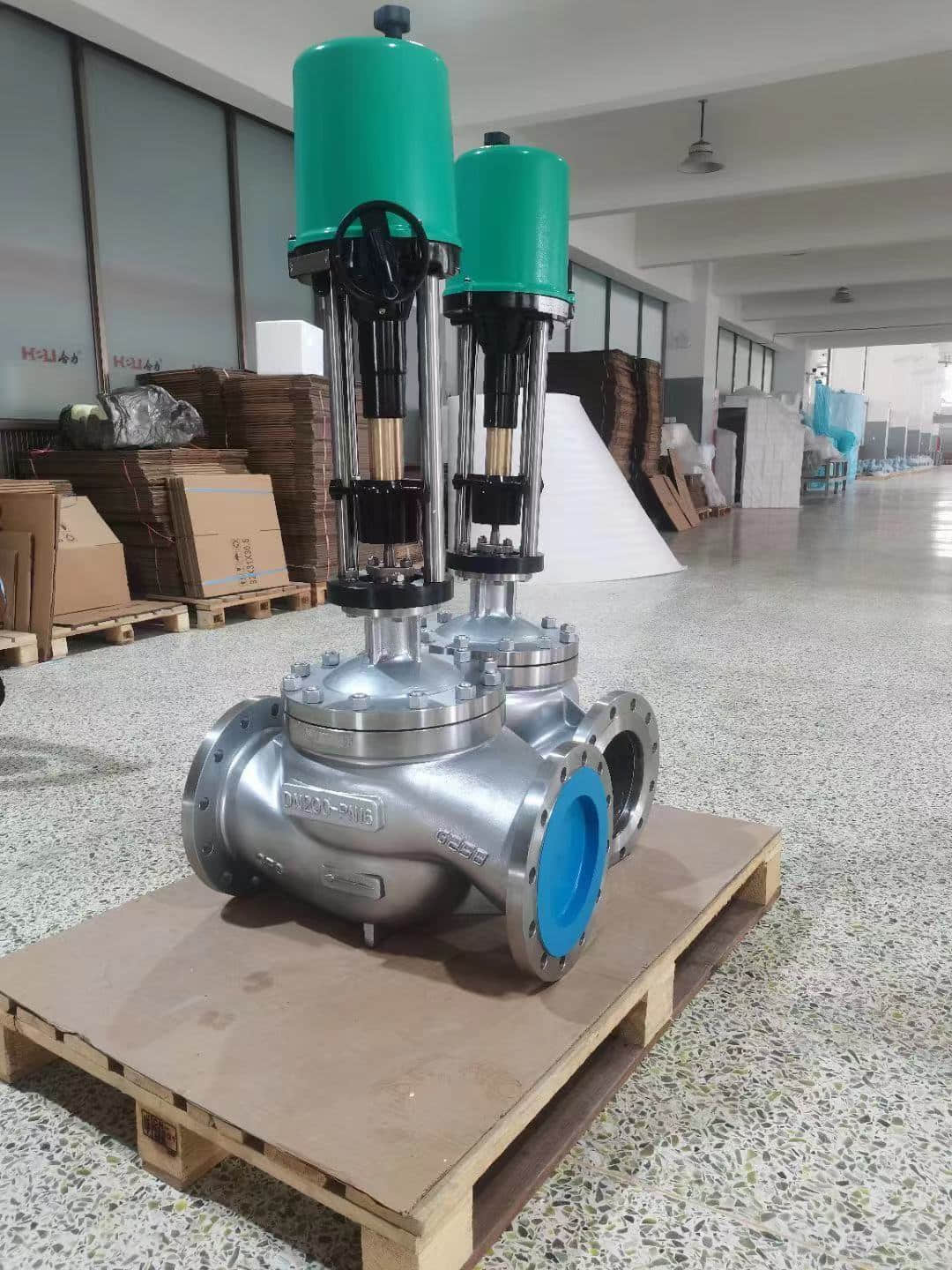understanding the electric single seat regulating valve: applications, benefits, and functionality
Release time:2024-12-07 20:58:27
In modern industrial processes, precise control over fluid flow is essential for ensuring efficiency, safety, and product quality. One critical component that facilitates this control is the electric single seat regulating valve. This article delves into the functionality, applications, and advantages of electric single seat regulating valves, highlighting their significance in various sectors.

What is an Electric Single Seat Regulating Valve? An electric single seat regulating valve is a type of valve that regulates the flow of liquids or gases in a piping system. The term "single seat" refers to its design, where the valve consists of one seating surface that closes against a single plug or disc. The valve is operated electronically, allowing for precise and automated control over the flow rate, pressure, and temperature of the fluid being handled.
These valves are typically equipped with an electric actuator that responds to control signals from a supervisory system, such as a Distributed Control System (DCS) or Programmable Logic Controller (PLC). This integration allows for real-time adjustments, enabling operators to maintain optimal conditions in the process.

